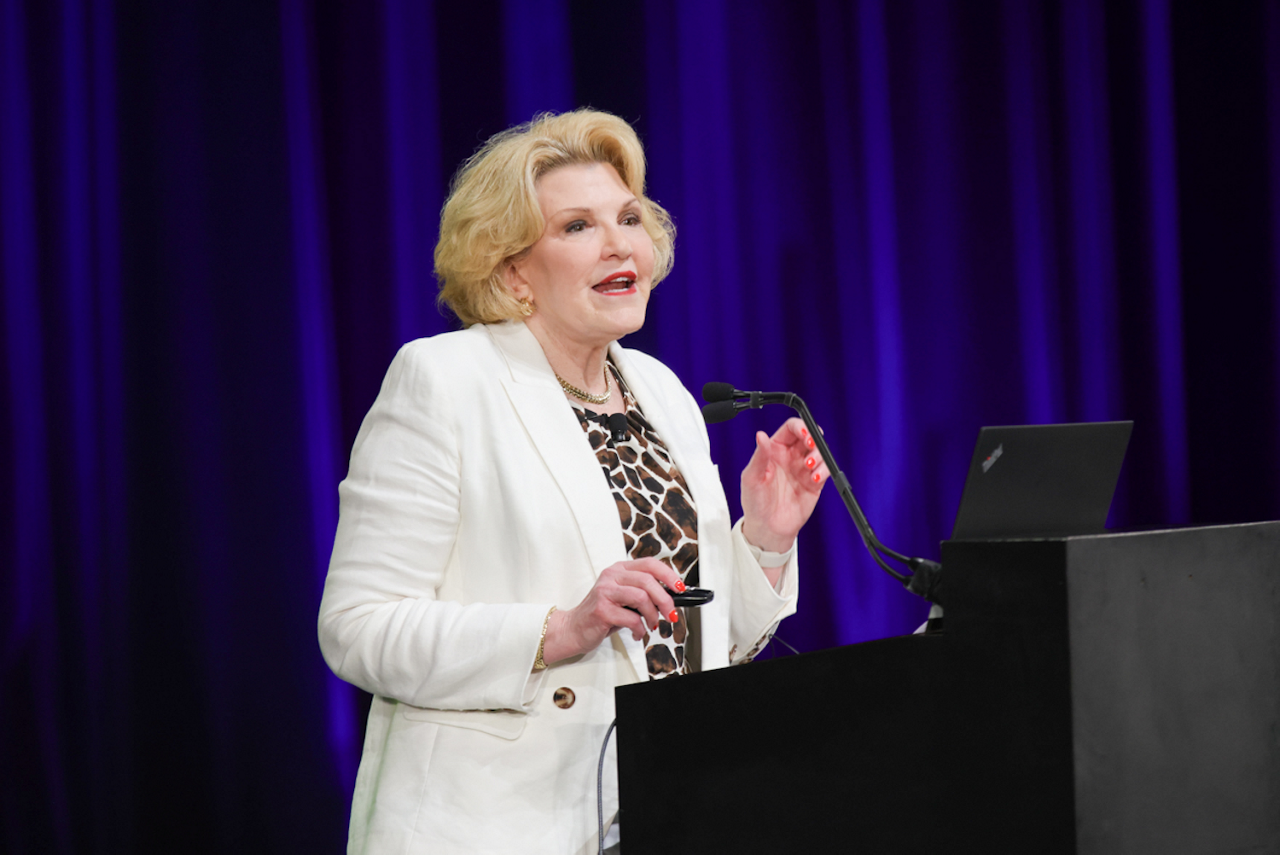President Donald Trump’s executive orders related to diversity, equity, and inclusion (DEI) put businesses at a critical crossroads regarding workplace policy and inclusion efforts. In a recent webinar, SHRM leadership addressed the potential implications of these executive orders for businesses, introducing the Belonging Enhanced by Access through Merit (BEAM) framework. The framework outlines strategic actions HR leaders can take to align DEI initiatives with legal requirements and cultivate equitable opportunities for all employees.
HR’s Role in Navigating DEI Changes
Back in July 2024, SHRM predicted significant changes to DEI policies and urged businesses to proactively evaluate their DEI efforts.
“We’re going to lead with inclusion, because we need a world where inclusion is front and center. And that means inclusion for all, not some people. Everyone has a right to feel that they belong in the workplace and that they are included,” said SHRM President and Chief Executive Officer Johnny C. Taylor, Jr., SHRM-SCP, in a July 2024 statement.
This vision underscores the need for HR leaders to ensure that their inclusion and diversity initiatives are both equitable and sustainable, fostering workplace cultures in which all employees have the opportunity to thrive. Now, as executive orders transform the landscape, HR will play a vital role in shaping the future of workplace inclusion and diversity and creating thriving, inclusive workplaces.
“Now is not the time to abandon, but to evaluate and evolve,” said Anuradha Hebbar, president of SHRM CEO Action for Inclusion & Diversity, during the webinar. “We advise all organizations to evaluate their inclusion and diversity initiatives to ensure they provide access to opportunities, skills development, and do not give special advantages to one person or group over another, avoiding any perception of identity-based favoritism."
Continuing inclusion and diversity efforts is critical: Not only do the programs ensure fair access to opportunities for all employees, but diversity strengthens organizations, driving innovation and better business results.
Evaluating DEI Programs: Introducing the BEAM Framework
To equip leaders to navigate the shifting DEI landscape, SHRM's BEAM framework provides a structured approach to evaluating and evolving inclusion and diversity programs.
Introduced by SHRM Chief Data and Insights Officer Alex Alonso, SHRM-SCP, in partnership with employment lawyers and SHRM experts, BEAM outlines five key considerations to help leaders ensure that their existing DEI initiatives are both legally compliant and inclusive for all employees.
SHRM’s BEAM Framework Questions
- Are the program’s opportunities open to all without regard to an individual’s sex, race, or any other protected status?
- Does the program generate opportunities to participate based on an individual’s requisite merit, including their existing skills and proficiencies?
- Does the program select individuals to participate based on relevant qualifications while accommodating protected medical conditions and religious practices?
- Is the availability of the program effectively communicated to all individuals so that participation is truly open to all?
- Does the program provide opportunities to develop relevant skills, qualifications, and experience for all individuals eligible to participate?
The framework provides guidance on cultivating and preserving “merit-based” inclusion programs, which SHRM defines as initiatives “recognizing individual performance and rewarding outcomes while creating access and opportunity for all people regardless of background, identity, or circumstance,” Alonso said.
Adhering to the BEAM framework allows organizations to keep up with the shifting regulatory landscape while fostering inclusive cultures—ensuring that individuals are recognized for their performance rather than their identity or credentials.
Practical Takeaways for HR Leaders
SHRM CHRO Jim Link, SHRM-SCP, emphasized that “we’re standing at a critical crossroads in workplace policy, one that has far-reaching implications for HR practitioners, CEOs, and business leaders across industries.”
To ensure compliance with the president’s executive orders, Link outlined four action steps for HR leaders:
Review hiring, promotion, and training policies: To ensure compliance with Title VII regulations, ensure organizational policies do not unintentionally incorporate protected characteristics for preferential treatment in decision-making.
Maintain detailed documentation: Employment practices, compliance efforts, and DEI programs should be thoroughly documented because agencies such as the U.S. Equal Employment Opportunity Commission (EEOC) and the Office of Federal Contract Compliance Programs are expected to increase audits and enforcement actions.
Balance compliance with inclusion: Fostering a workplace culture that prioritizes regulatory adherence and equitable diversity efforts can build organizational resilience.
Establish a cross-functional task force: To guide strategic decision-making, bring together HR, legal, and leadership to ensure seamless compliance reviews and safeguard against regulatory scrutiny.
These proactive measures will empower organizations to continue to cultivate inclusive workplaces and equitable opportunities for employees while minimizing the risk of regulatory scrutiny or penalties.
Next Steps for Leadership
As these executive orders introduce new layers of regulatory scrutiny, HR leaders must take proactive steps to align their inclusion and diversity initiatives with the evolving legal standards while fostering inclusive, merit-based workplaces. By leveraging SHRM’s BEAM framework, organizations can navigate compliance challenges without compromising their commitment to inclusion and diversity.
The executive orders are still new, and further guidance is expected. SHRM will continue to provide tools and resources to ensure that organizations can maintain both compliance and effectiveness in their inclusion and diversity programs. SHRM is also actively engaging with policymakers—including the White House, Congress, the U.S. Department of Labor, and the EEOC—to refine language and advocate for balanced workplace policies.
In the meantime, the BEAM framework serves as a starting point to help leaders evaluate their inclusion and diversity initiatives and prepare for future legal clarifications.
An organization run by AI is not a futuristic concept. Such technology is already a part of many workplaces and will continue to shape the labor market and HR. Here's how employers and employees can successfully manage generative AI and other AI-powered systems.




